7 Must-Know Tips Before Buying Your Kitchen Herb Garden: From Sunlight to Drainage
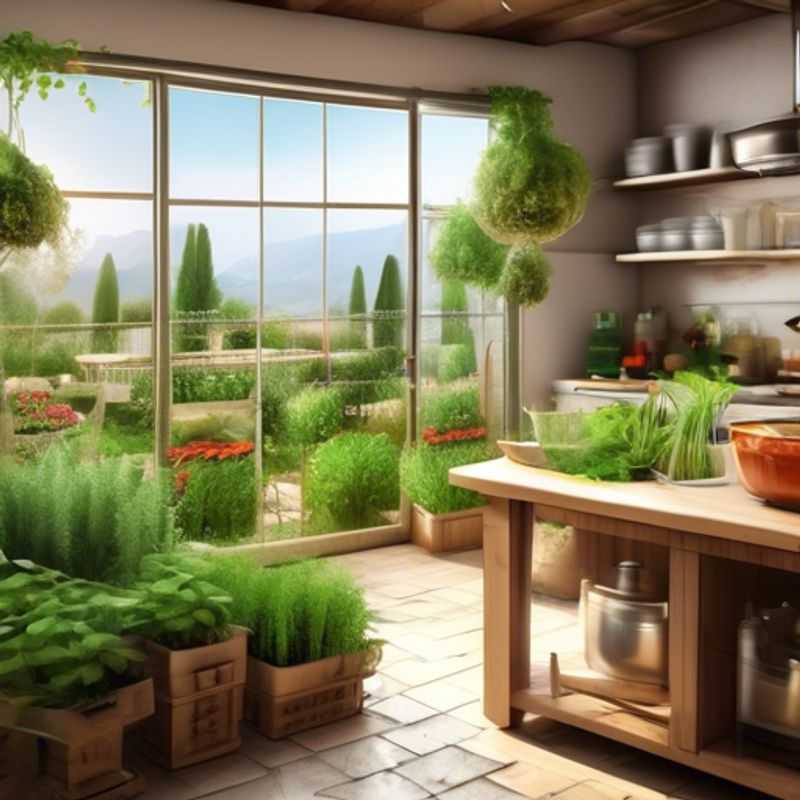
7 Tips for a Thriving Kitchen Herb Garden: Size, Sunlight, Watering, Maintenance, Herb Selection, Drainage, and Growing Conditions
Bringing the garden indoors is a fantastic way to add life and fresh flavors to your kitchen. A kitchen herb garden is a beautiful addition to any home and offers a constant supply of fresh herbs for your culinary creations. However, before diving into this exciting project, it's crucial to consider a few key factors to ensure a successful and enjoyable experience.
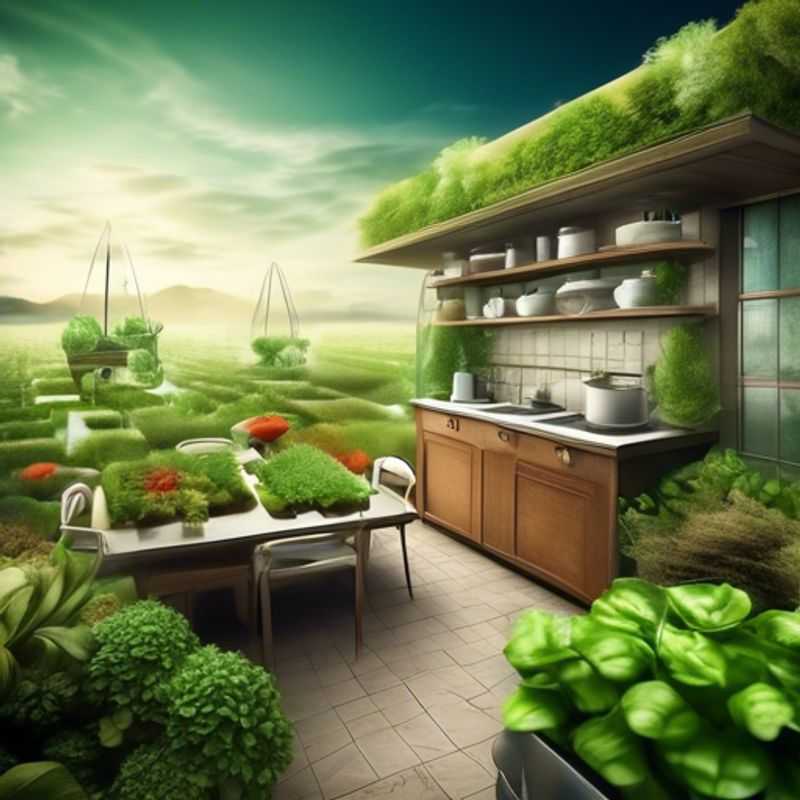
Kitchen Size and Layout: Matching Your Garden to Your Space
When deciding on a garden's size, your kitchen's layout and dimensions are crucial. You need to ensure you have adequate space for preparing and storing food, particularly if you enjoy cooking at home.
Measure your kitchen accurately to determine its area, taking into account the existing appliances, cabinets, and countertops. It's essential to leave enough space for maneuvering around the kitchen, opening doors, and accessing appliances. A well-planned kitchen layout maximizes workflow, allowing you to work efficiently.
Consider the type of garden you plan to have. A vegetable garden requires more space for planting and harvesting, while a small herb garden needs less space.
Assess your existing outdoor space. Measure the available area and factor in any potential limitations like fences, trees, or neighboring structures. If you intend to build a garden from scratch, remember to factor in the cost of materials, labor, and permits.
If your garden will include edible plants, consider the amount of sunlight required for optimal growth.
Once you have a clear understanding of your kitchen's layout and available space, you can choose a garden size that complements your home and lifestyle.
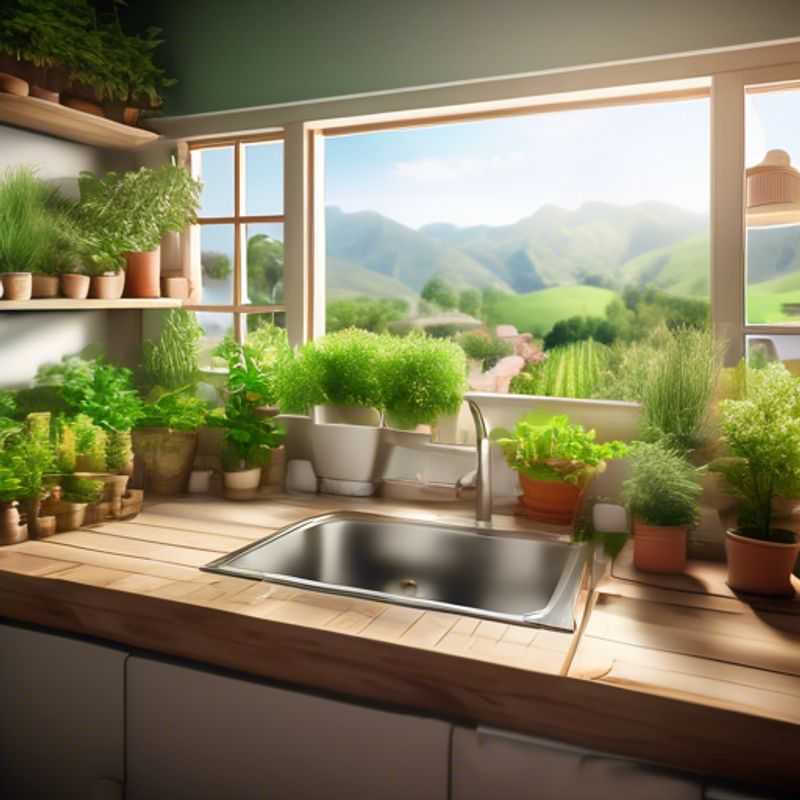
Sunlight Savvy: Choosing Herbs for Your Kitchen Based on Light
When choosing herbs for your kitchen garden, the amount of sunlight your space receives is crucial. Sunlight is essential for herb growth, and each herb has its own specific needs.
Sun-loving herbs thrive in areas that get at least 6 hours of direct sunlight daily. These include basil, rosemary, thyme, oregano, and lavender. These herbs prefer bright, sunny spots with plenty of warmth.
Part-shade herbs, on the other hand, do best in areas that receive 4-6 hours of sunlight daily. These include mint, parsley, cilantro, chives, and dill. These herbs can tolerate some shade but still need sufficient light to flourish.
Shade-tolerant herbs can tolerate low-light conditions, even as little as 2 hours of direct sunlight per day. These include chives, oregano, and some types of mint. These herbs may not grow as vigorously as their sun-loving counterparts, but they can still thrive in shady locations.
Consider the amount of sunlight your kitchen gets throughout the day when planning your herb garden. This will ensure that your herbs receive the optimal amount of light for healthy growth.
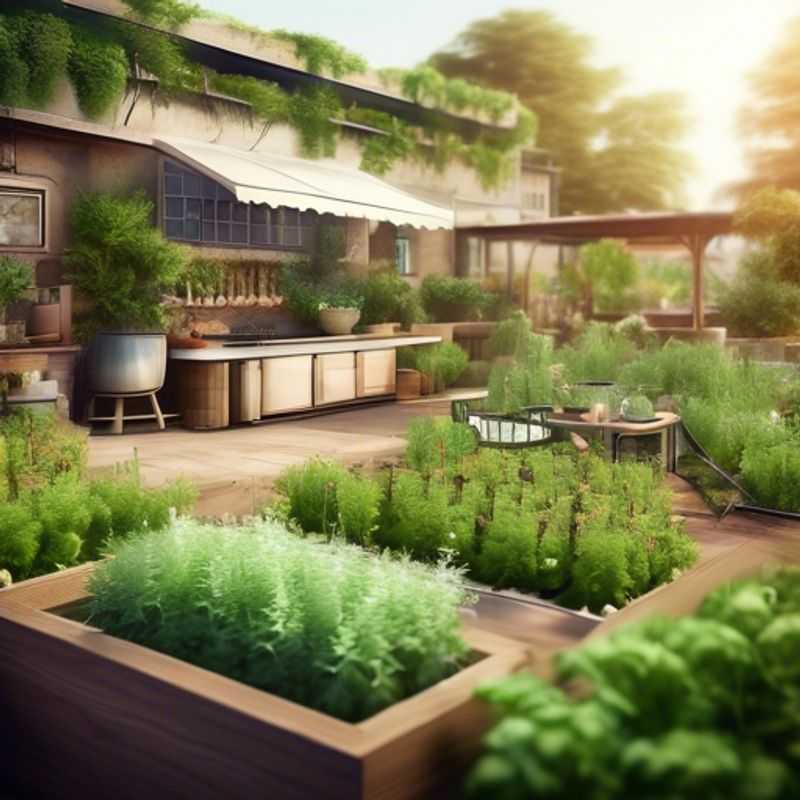
Watering Your Garden: To Automate or Not to Automate, That is the Question
Choosing between a self-watering system and manual watering for your garden depends on your lifestyle, budget, and gardening goals.
Self-watering systems offer convenience and consistency, ideal for busy gardeners or those with limited time. They typically involve a reservoir that slowly releases water to your plants, minimizing the need for frequent watering. However, they come with an initial installation cost and may require periodic maintenance.
Manual watering, on the other hand, provides more control over your garden's water intake. You can tailor watering to individual plant needs and observe their growth patterns. This option is less expensive upfront but requires consistent attention and can be time-consuming.
When considering self-watering systems, research different types like drip irrigation, wick systems, or gravity-fed systems. Each has its pros and cons, and your choice should align with your garden's size and plant types.
Remember, a self-watering system might not eliminate the need for manual watering completely, especially during extreme weather conditions. Regardless of your choice, observe your plants' water needs and adjust watering practices accordingly.
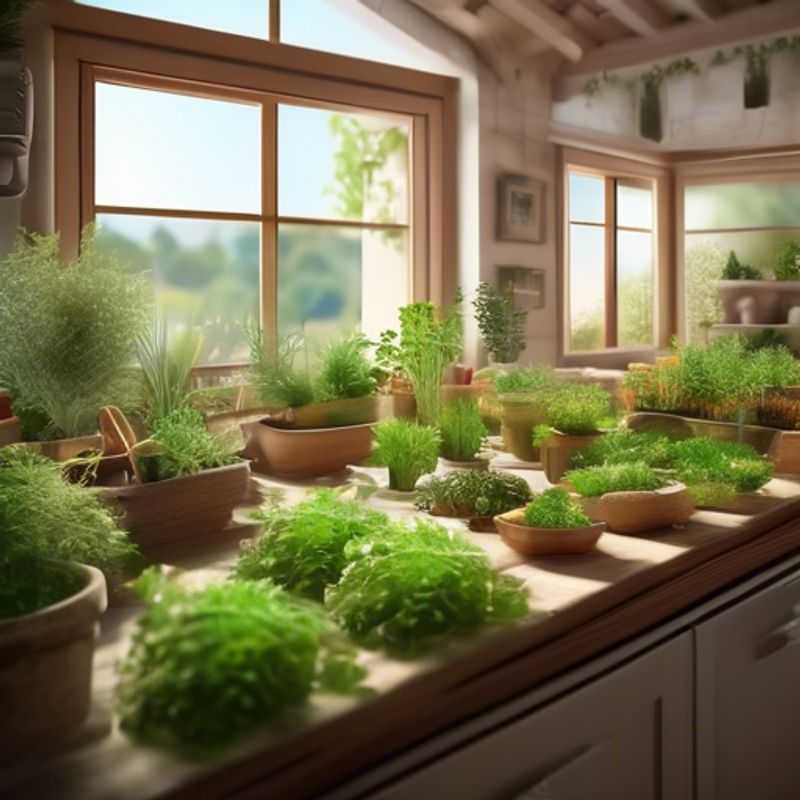
The Low-Maintenance Herb Garden: Design for Easy Harvest & Enjoyment
Creating a low-maintenance herb garden is a rewarding endeavor, and it’s a project you can manage even with a busy schedule. Choose herbs that thrive in your climate, and consider their mature size to ensure they have enough space. Start with a small plot, as it’s easier to manage and you can always expand later.
Selecting the right location is crucial for a healthy herb garden. Choose a spot with at least six hours of sunlight daily and well-drained soil. Raised beds offer excellent drainage and allow you to control the soil composition. They also make harvesting easier.
Mulch helps suppress weeds, retain moisture, and regulate soil temperature. Use organic materials like wood chips, straw, or shredded leaves. Water regularly, especially during hot weather, and use a watering can or drip irrigation to avoid splashing soil onto leaves. Fertilize with an organic fertilizer a few times a year to ensure your herbs have the nutrients they need.
Regularly trim herbs to encourage new growth and maintain their shape. This also helps prevent them from becoming woody and unappetizing. Harvest herbs when they are at their peak flavor, and store them properly to preserve their freshness.
Remember, gardening is a learning process. Experiment with different varieties, observe your plants, and adjust your techniques as needed. With a little effort, you can create a thriving herb garden that provides you with fresh, aromatic ingredients all year round.

Herb Garden Heroes: Choosing a Mix You'll Actually Use
Creating a custom herb mix for your kitchen is a great way to elevate your cooking. The key is to choose herbs you'll actually use! Here's how to do it:
1. Know your cooking style: Do you love Italian dishes, Mexican flavors, or Asian cuisines? Focus on herbs common in the cuisines you cook most often. For example, if you're a big Italian food fan, consider basil, oregano, rosemary, and thyme.
2. Consider fresh vs. dried: Fresh herbs have more flavor, but dried herbs are convenient. If you're not a frequent cook, dried herbs are a good option.
3. Start small: Choose 3-4 herbs to begin with. You can always add more later. Start with a simple mix of rosemary, thyme, and oregano.
4. Experiment and have fun! There are no hard and fast rules. Try different combinations to find what you enjoy.
Remember: Dried herbs are more concentrated, so use them sparingly. Start with a small amount and adjust to taste.
With a little planning and experimentation, you can create a custom herb mix that perfectly suits your taste and cooking style.
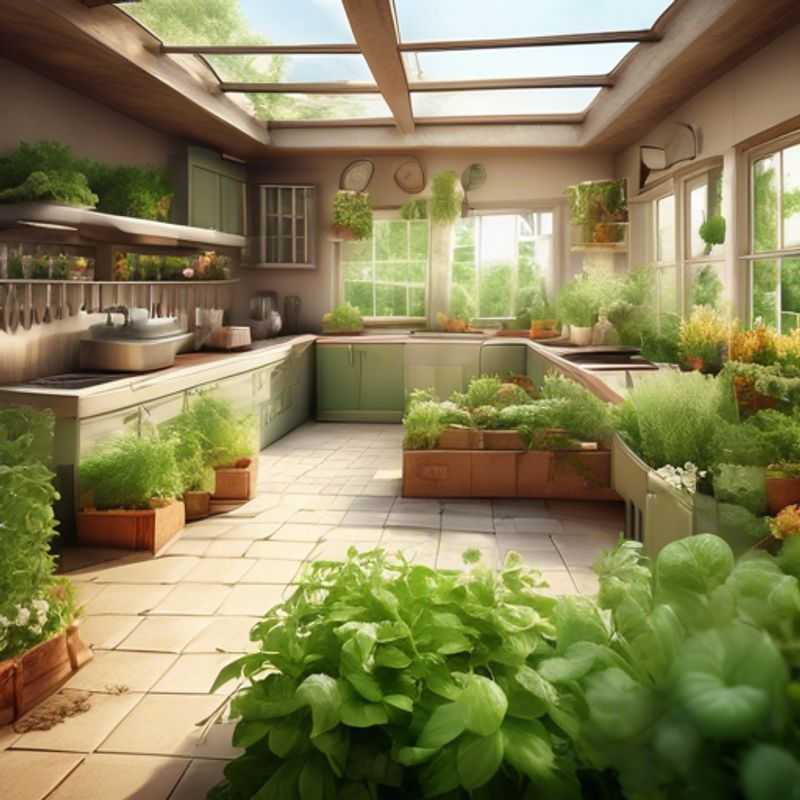
Saving Your Plants: The Importance of Proper Drainage to Prevent Root Rot
Proper drainage is crucial for a healthy garden, as it prevents root rot, a common problem that can kill plants. Root rot occurs when roots are constantly submerged in water, leading to a lack of oxygen and the growth of harmful fungi.
To ensure good drainage, consider these steps:
1. Test your soil: A simple test involves digging a hole and filling it with water. If it takes more than an hour to drain, your soil may be poorly drained.
2. Amend your soil: Adding organic matter like compost can improve drainage. This material creates air pockets in the soil, allowing water to flow more freely.
3. Create raised beds: Raised beds elevate plants above the surrounding soil, improving drainage and reducing the risk of root rot. Consider using materials like wood, stone, or even recycled plastic.
4. Install drainage systems: For areas with poor drainage, you may need to install a drainage system. This could involve creating trenches, installing drainage pipes, or adding gravel layers.
Remember, proper drainage is vital for the health and well-being of your garden. Regularly checking your soil's drainage and taking steps to improve it can significantly reduce the risk of root rot and ensure your plants thrive.
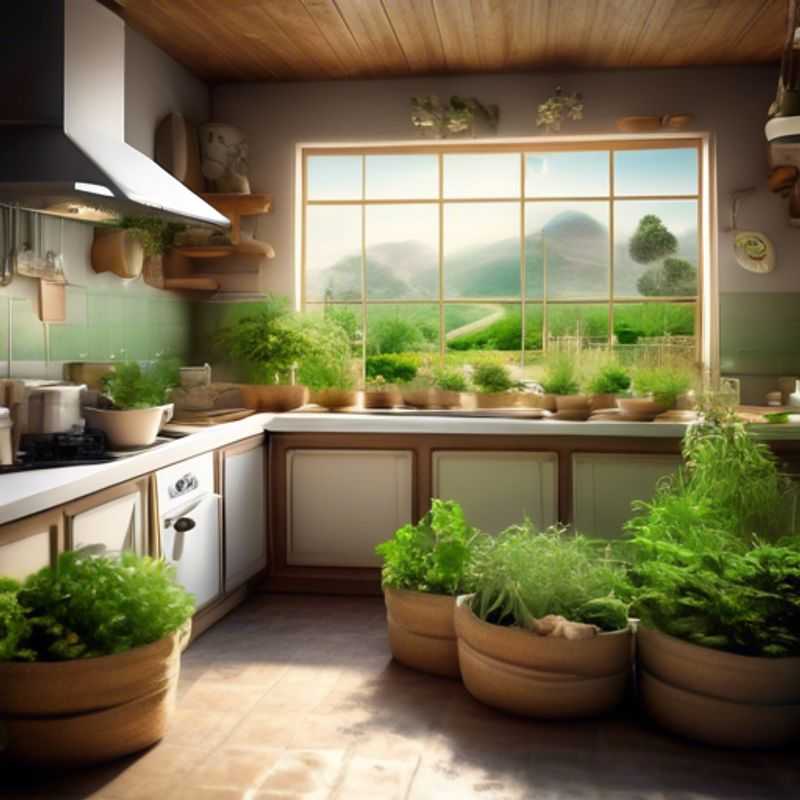
Unlocking Herb Success: Researching the Perfect Growing Conditions
Before you plant any herbs, it's crucial to research their ideal growing conditions. This ensures optimal growth and a bountiful harvest. Here's a simplified guide to get you started:
Sunlight: Different herbs have varying sunlight requirements. Some thrive in full sun, while others prefer partial shade. Knowing this is crucial for selecting the right spot in your garden or containers.
Soil: Soil type plays a significant role in herb growth. Some prefer well-drained soil, while others thrive in rich, fertile soil. Consider soil pH: Many herbs prefer a slightly acidic soil, but some thrive in neutral or even alkaline soil. Research the specific needs of your chosen herbs.
Watering: Proper watering is essential. Overwatering can be detrimental, while underwatering can stunt growth. Research the specific watering needs of each herb.
Temperature: Certain herbs are more cold-hardy than others. Knowing the ideal temperature range for your herbs will help you choose the right time to plant them and provide them with the appropriate growing environment.
Spacing: Adequate spacing between plants is important for healthy growth. Crowded herbs compete for resources, leading to stunted growth and poor yields. Research the ideal spacing for your selected herbs.
Pests and Diseases: Understanding the common pests and diseases that affect your chosen herbs will help you take preventive measures and address problems quickly. Early detection and intervention are key for a healthy harvest.
Investing in a good gardening book or consulting online resources can provide detailed information about the specific needs of your chosen herbs. A little research goes a long way in ensuring a successful and bountiful herb garden!
